Barcelona reveals its most authentic charms away from the crowds that swarm La Rambla and Sagrada Família. The city’s true character hides behind ornate doorways, within peaceful interior courtyards, and along narrow side streets where locals live their daily lives.
These less-visited spaces tell the real story of Barcelona’s evolution from a Roman colony to a medieval trading power to the modernist playground. Here is a list of 15 hidden architectural gems that showcase Barcelona’s captivating layers through its doors, courtyards, and side streets.
Passatge de Permanyer
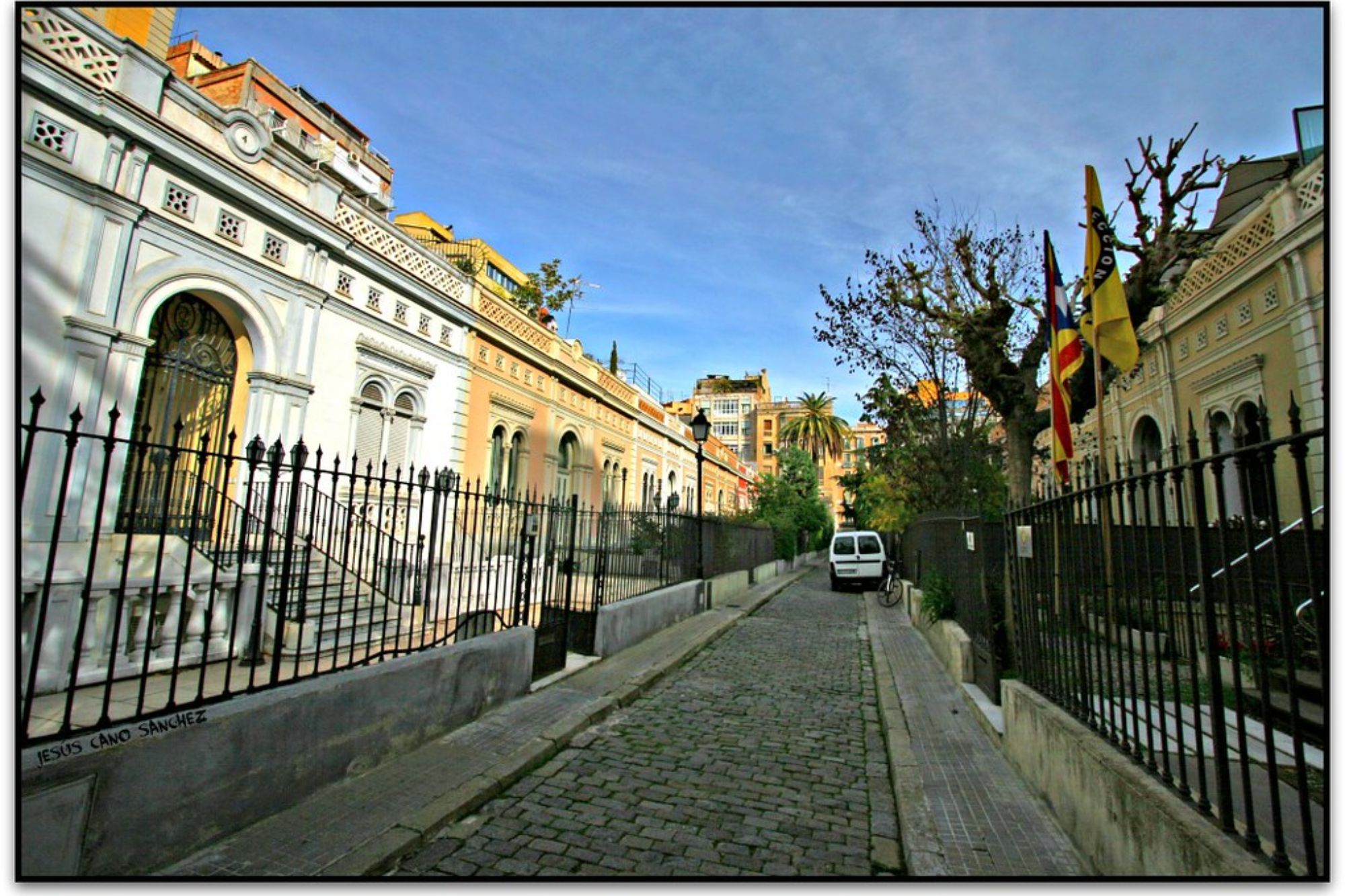
Tucked behind busy Passeig de Gràcia stands this narrow pedestrian passage lined with elegant 19th-century townhouses. Wrought-iron details, wooden doors with original hardware, and lush potted plants create a peaceful enclave that feels miles away from the shopping thoroughfare just steps away.
The passage represents Barcelona’s attempt to incorporate English-style residential architecture, with each identical home featuring a small front garden that transforms the walkway into a green corridor.
Hospital de la Santa Creu Gardens
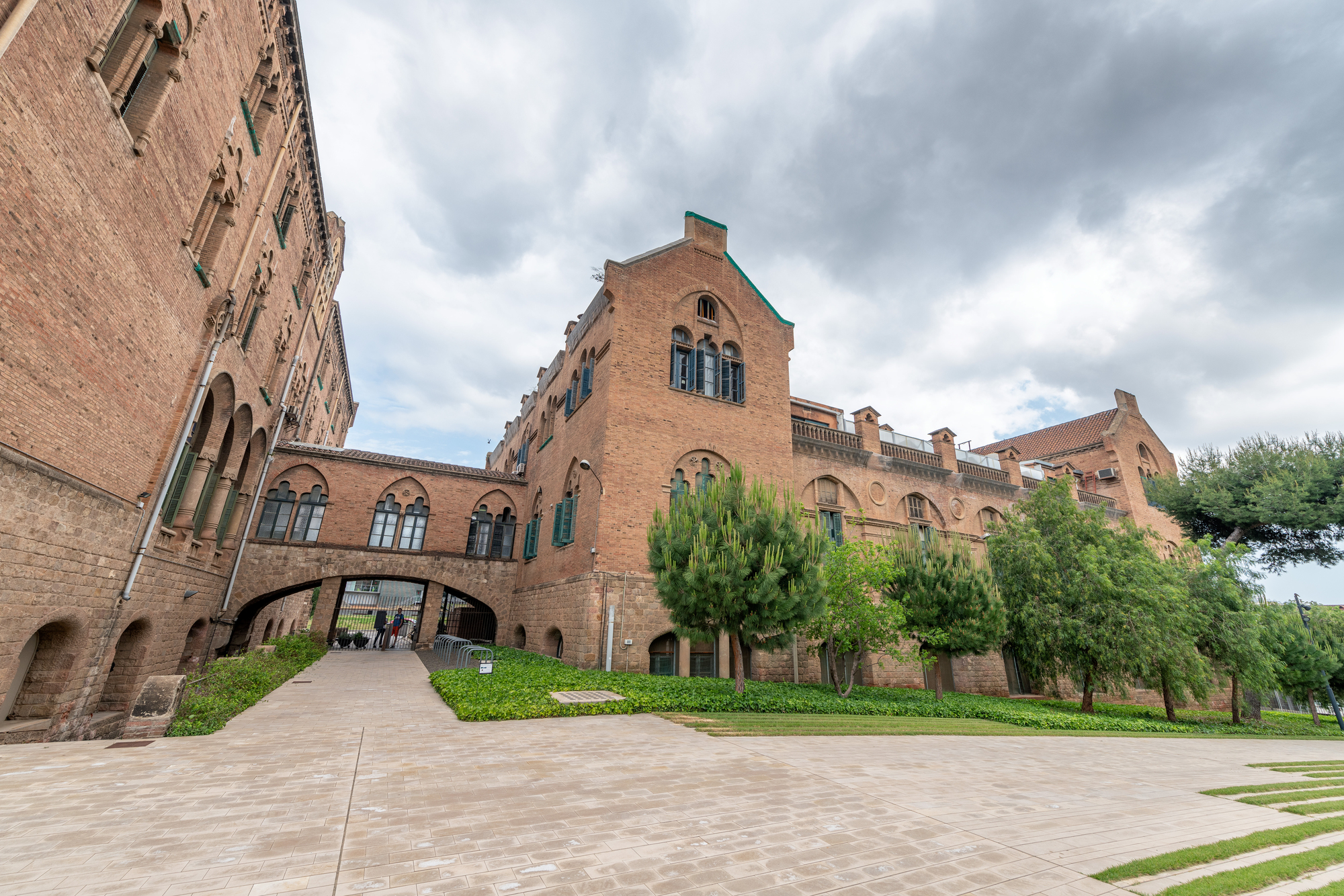
Enter through a massive stone portal into the peaceful courtyard of this 15th-century former hospital, now home to the National Library of Catalonia. Gothic arches surround a central garden where orange trees grow, creating a tranquil oasis in the bustling Raval neighborhood.
Literary events and small concerts often take place in this hidden space, continuing the building’s long tradition as a center of Catalan culture.
Plaça de Sant Felip Neri

Reaching this secluded square requires navigating a maze of narrow Gothic Quarter alleyways that suddenly open into a hushed space dominated by a baroque church and a bubbling fountain. The square’s walls still bear shrapnel marks from a 1938 bombing during the Spanish Civil War, creating a somber counterpoint to the children who play here during school breaks.
The contrast between tragic history and everyday life captures Barcelona’s resilience in a space few tourists discover.
Like Travel Pug’s content? Follow us on MSN.
Carrer de Petritxol
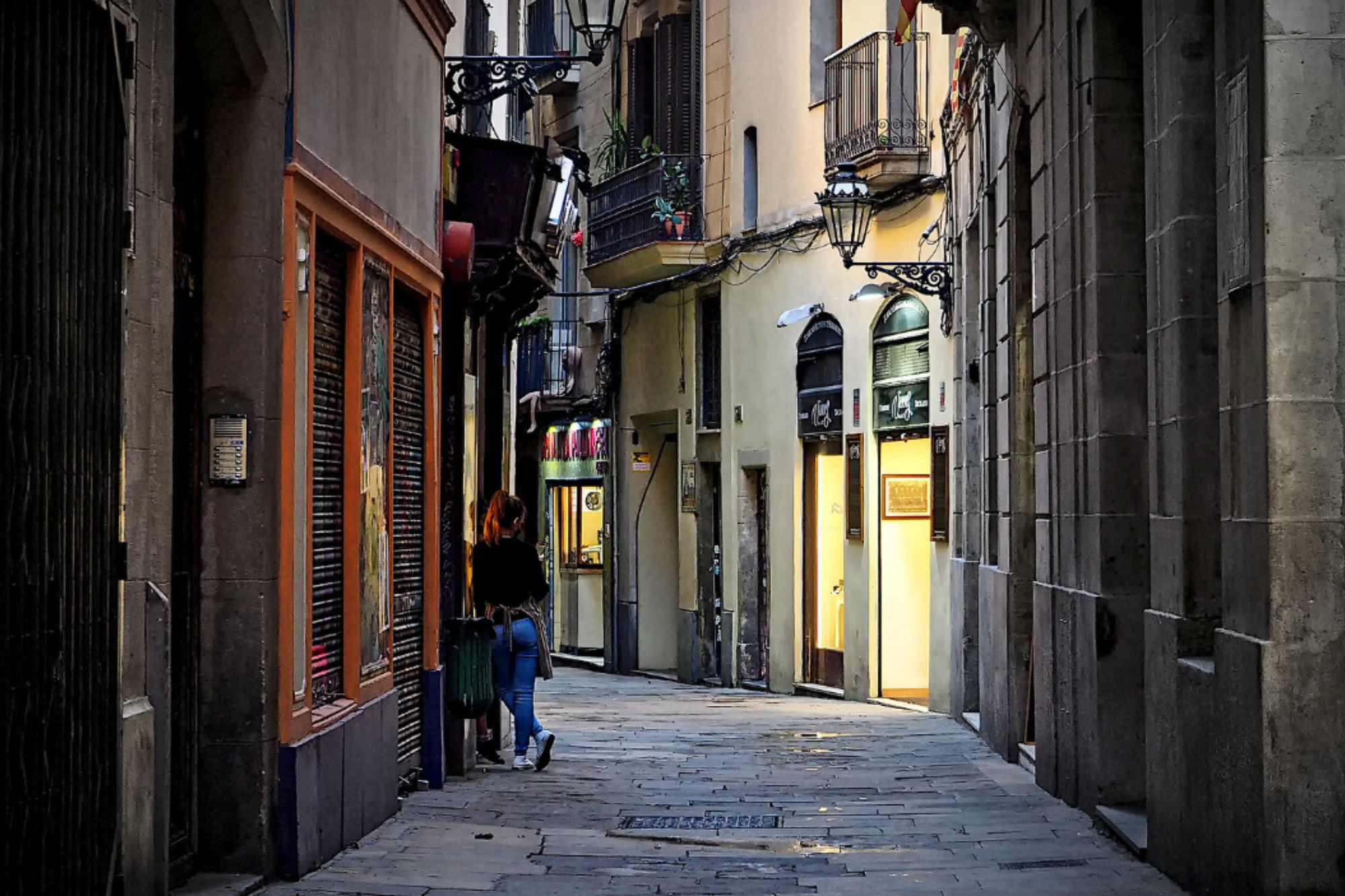
This narrow lane in the Gothic Quarter specializes in two of Barcelona’s favorite things: art and hot chocolate. Historic granjas (milk bars) serve thick drinking chocolate with churros in interiors unchanged for generations. Between sips, visitors can browse the street’s small art galleries housed behind doors that open into surprising exhibition spaces.
The street’s narrowness creates a sense of discovery as handmade signs and tiny balconies reveal themselves only to those who glance upward.
Casa de l’Ardiaca Mail Slot
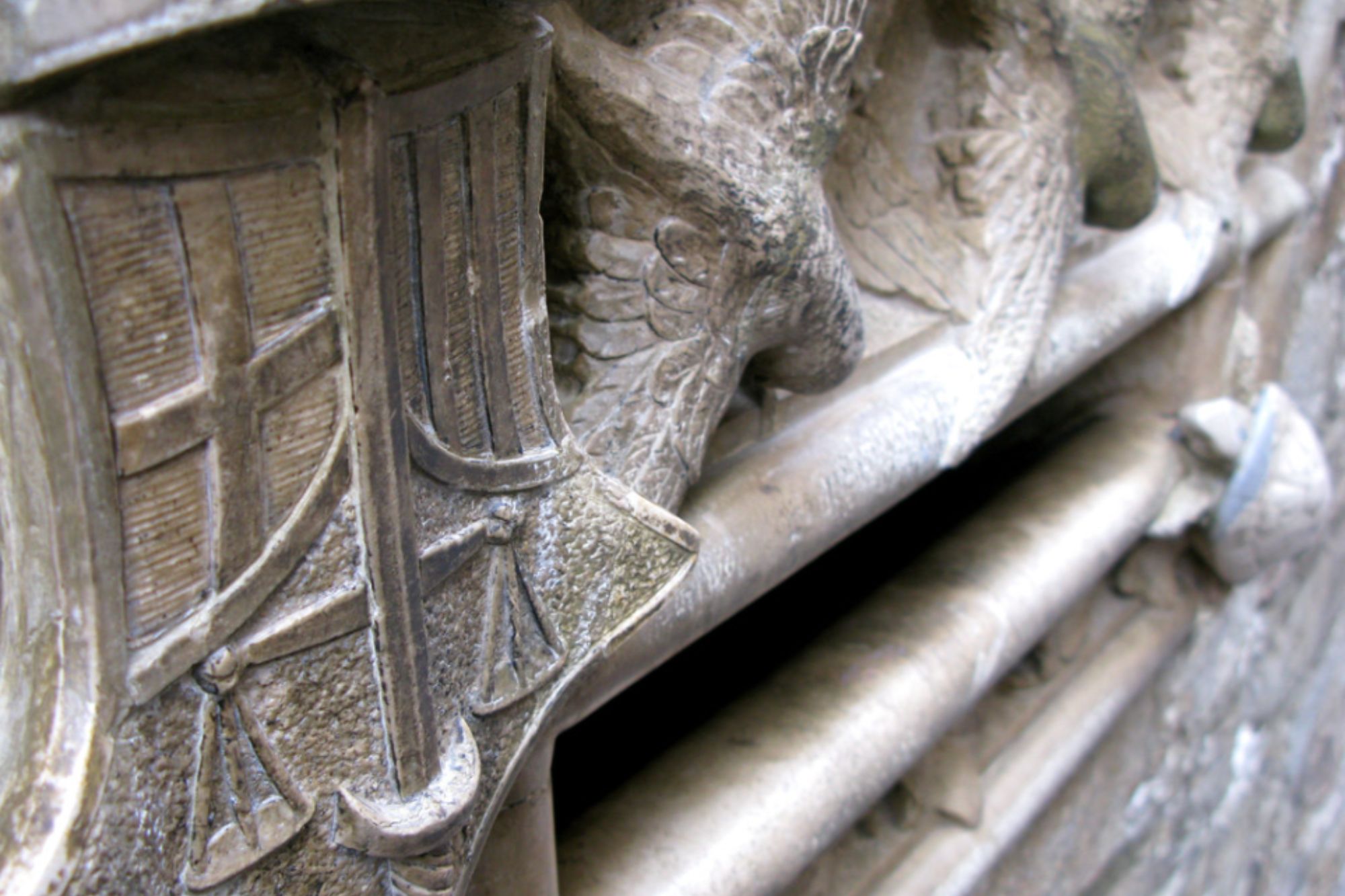
This easily missed modernist mail slot on the exterior of the Archdeacon’s House was designed by Lluís Domènech i Montaner in 1902. A sculpted swallow and tortoise surround the mail slot, representing the wish that messages would be delivered with the speed of a bird but the security of a tortoise.
The building itself encapsulates Barcelona’s layered history, with Roman walls, medieval arches, and modernist touches all coexisting in harmonious conversation.
Carrer del Bisbe Bridge

Spanning a narrow Gothic Quarter street, this neo-Gothic bridge connects two government buildings but harbors a surprising secret. Though it appears centuries old, local architect Joan Rubió i Bellver constructed it in 1928, creating what locals call ‘the youngest old bridge in Barcelona.’
Legend claims that seeing the skull and dagger carved into its underside dooms a visitor to fall under Barcelona’s spell forever. The bridge exemplifies how Barcelona continually reinvents its medieval core.
Like Travel Pug’s content? Follow us on MSN.
Plaça de Milans

Hidden behind the bustling Via Laietana, this tiny triangular plaza preserves the intimate scale of pre-industrial Barcelona. Three narrow streets converge at a space barely large enough for the handful of café tables that appear during warm evenings.
The plaza’s buildings feature original medieval stonework alongside 18th-century modifications, showcasing how Barcelona’s structures have evolved organically through centuries of continuous use.
Poble Espanyol Hidden Corners
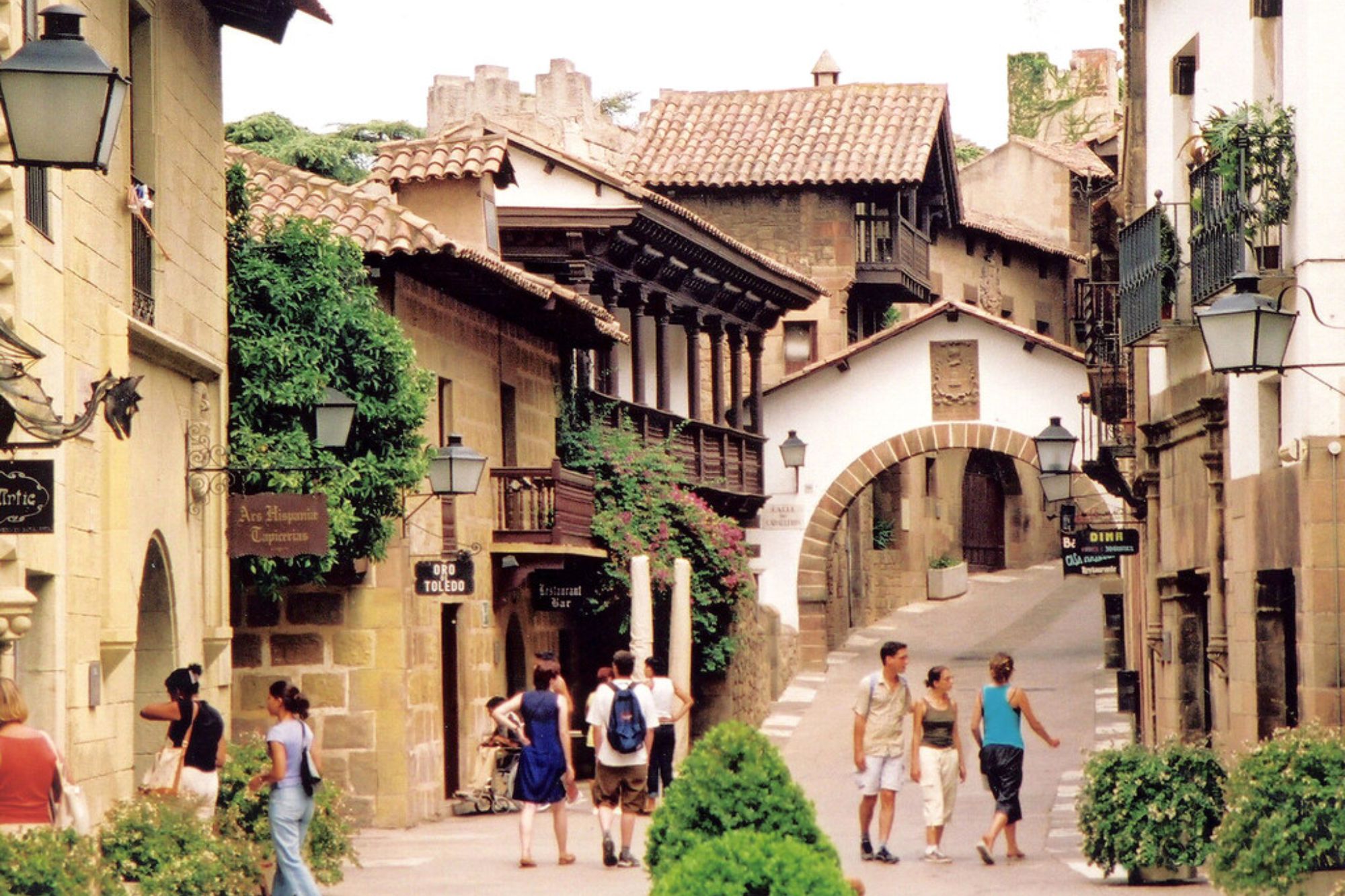
Though created as a temporary exhibition for the 1929 International Exposition, this architectural museum contains faithful reproductions of streets and buildings from across Spain. Away from the main squares, visitors discover quiet corners, hidden workshops, and peaceful courtyards where artisans practice traditional crafts.
The complex recreates the intimate scale and unexpected discoveries of medieval Spanish urban planning, with narrow passages suddenly opening to sunlit plazas.
Casa Vicens Courtyards
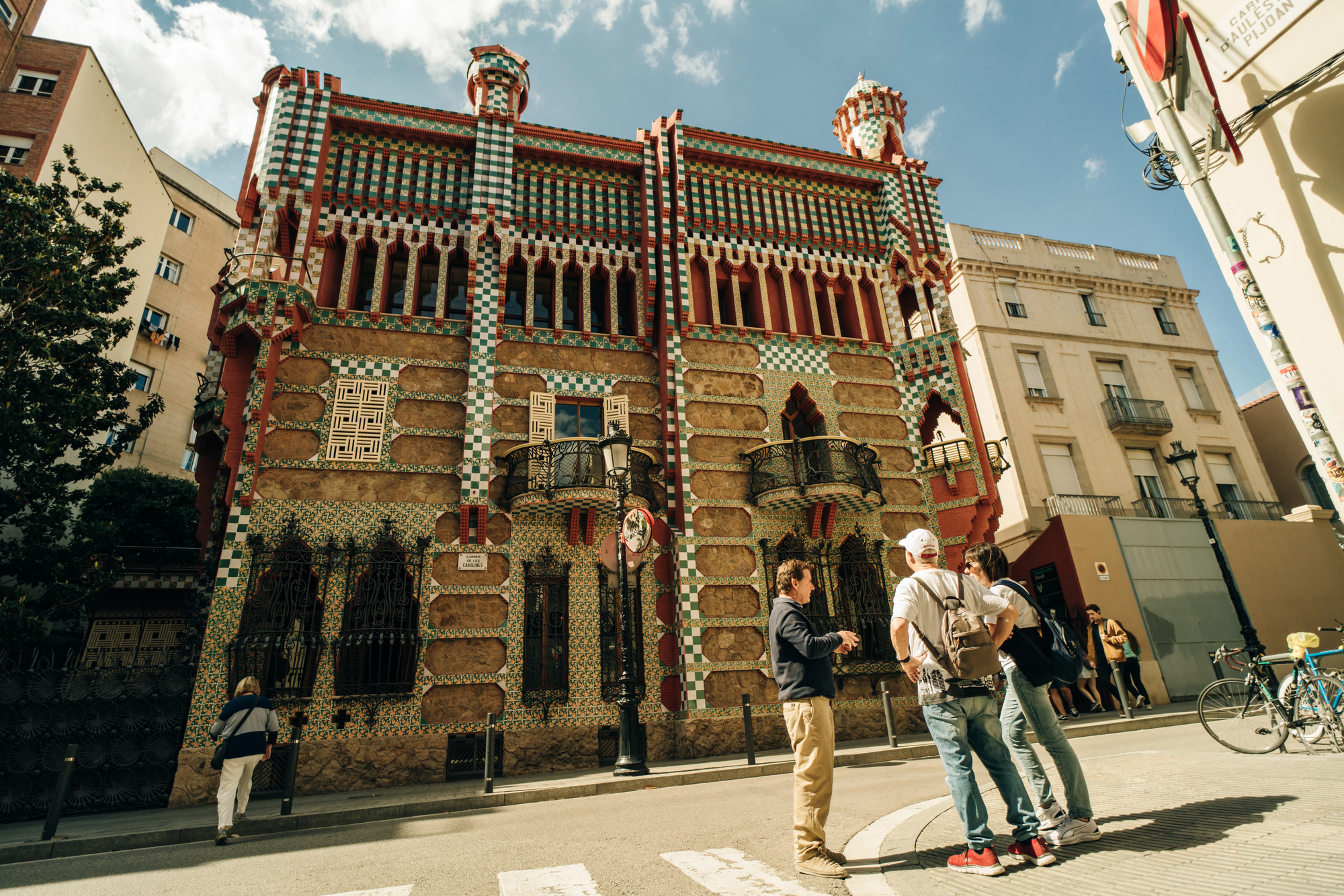
Gaudí’s first major commission features multiple courtyards that showcase his early experimental approach before developing his famous organic style. The central patio combines brick, ceramic, and wrought iron in a stunning display of craftsmanship rarely seen by visitors who only view the house’s exterior.
Recently opened to the public after extensive restoration, the home’s private spaces reveal how Gaudí designed from the inside out, creating rooms that open gracefully into outdoor living areas.
Like Travel Pug’s content? Follow us on MSN.
Carrer d’Avinyó

This narrow street inspired Picasso’s groundbreaking painting ‘Les Demoiselles d’Avignon’ and still maintains much of its historic character. Original shop doors showcase Barcelona’s commercial heritage, with some wooden storefronts dating back to the 18th century.
The street curves gently, revealing its medieval origins when urban planning followed topography rather than grid patterns. The mix of high-end boutiques and traditional businesses demonstrates how Barcelona balances preservation with evolution.
Palau Baró de Quadras
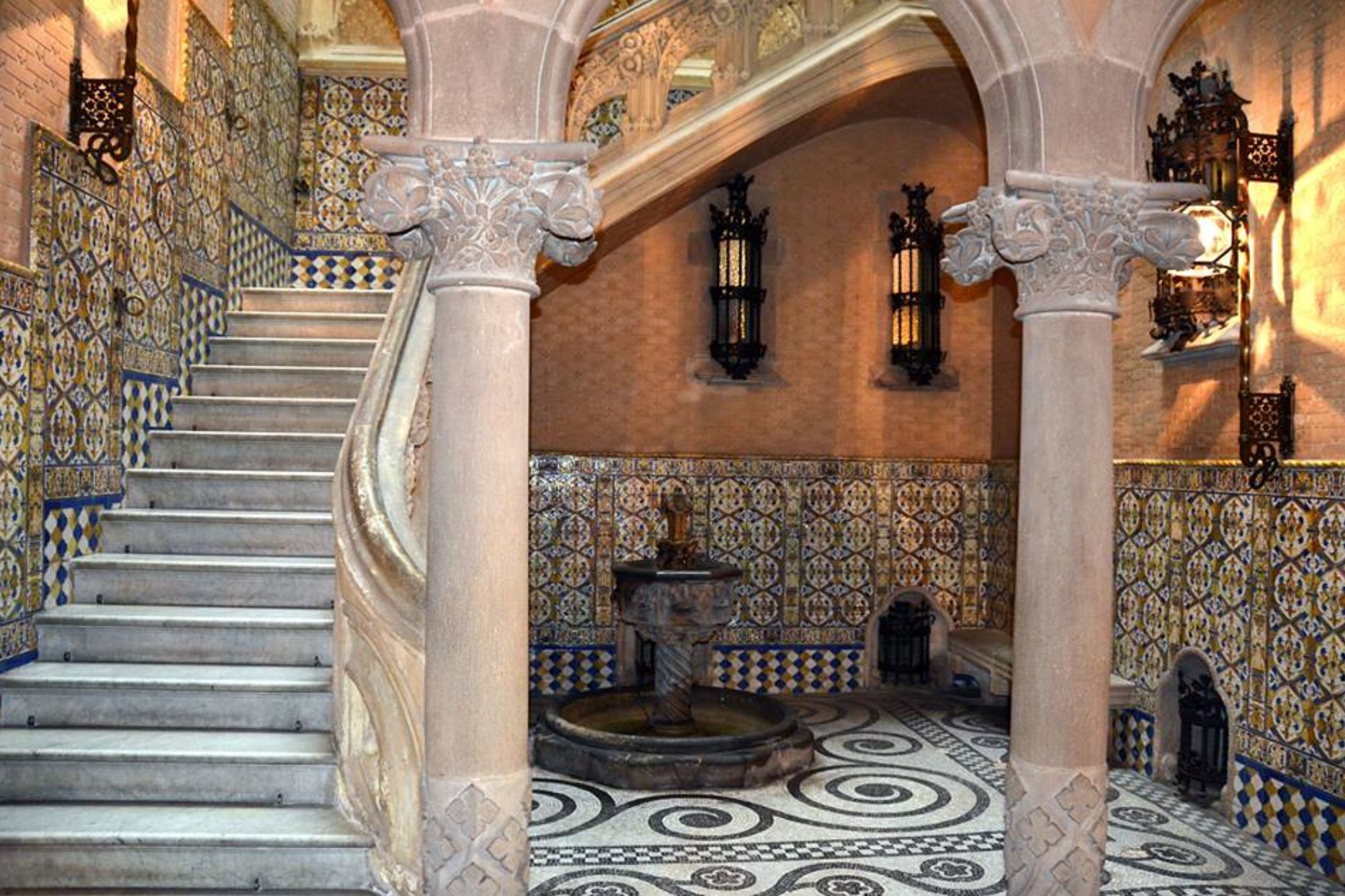
Behind an ornate neo-Gothic façade lies a stunning Modernista interior courtyard designed by Josep Puig i Cadafalch. The palace combines a medieval-inspired street façade with a rear elevation overlooking the garden in the more delicate modernist style.
This architectural duality—conservative to the street, expressive to the garden—reflects the Catalan bourgeoisie’s approach to public formality contrasted with private creative expression at the turn of the 20th century.
Carrer de les Caputxes
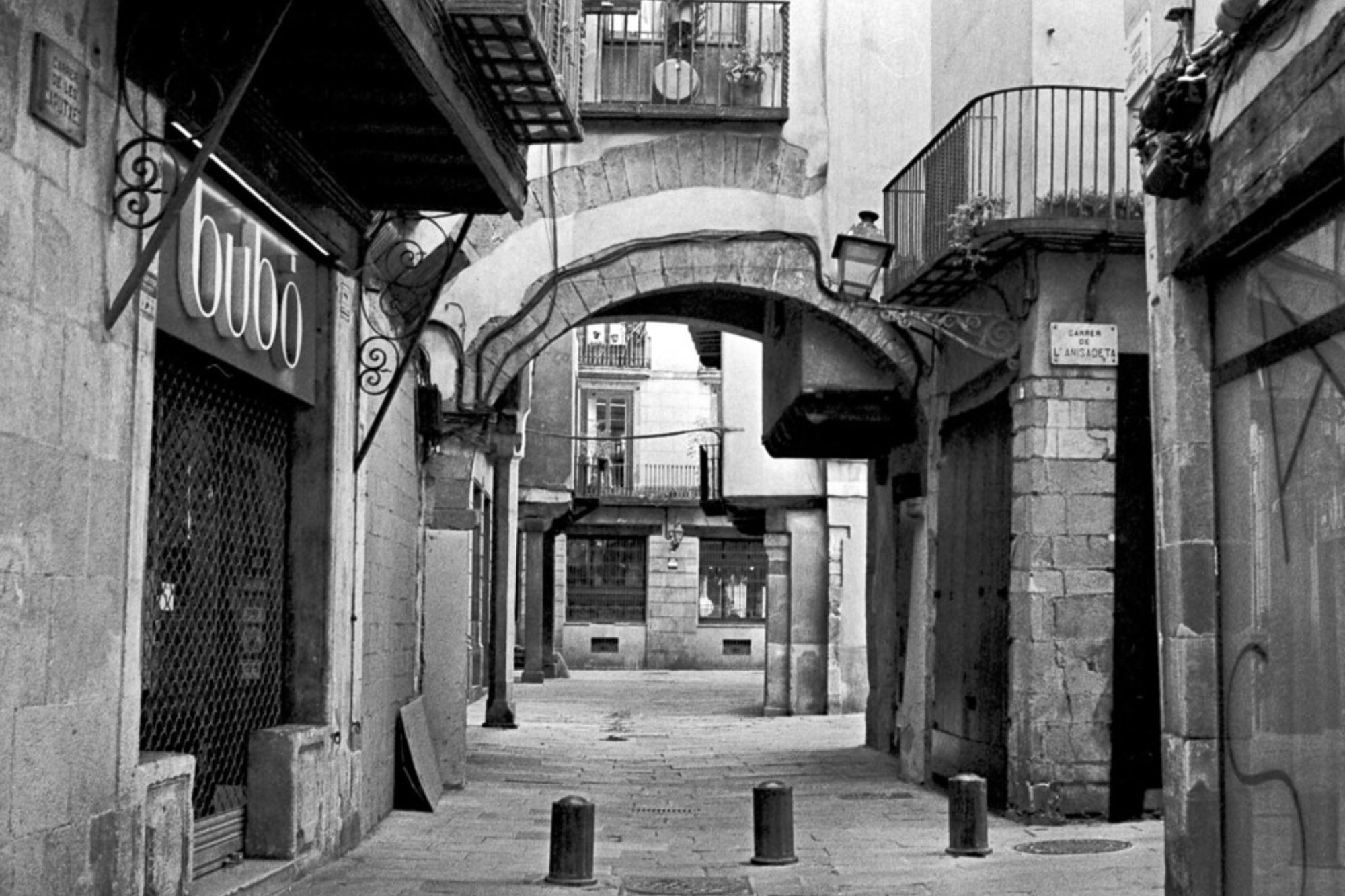
This narrow medieval lane measures just six feet across at its tightest point, preserving the intimate scale of Barcelona’s oldest neighborhood. The street’s name comes from the pointed hoods (caputxes) once made by local artisans, and several of the original workshop doorways remain.
Light filters down between the closely set buildings, creating dramatic shadows across façades that still feature hand-carved stone details and wooden doorways worn smooth by centuries of use.
Like Travel Pug’s content? Follow us on MSN.
Casa Batlló Interior Courtyard
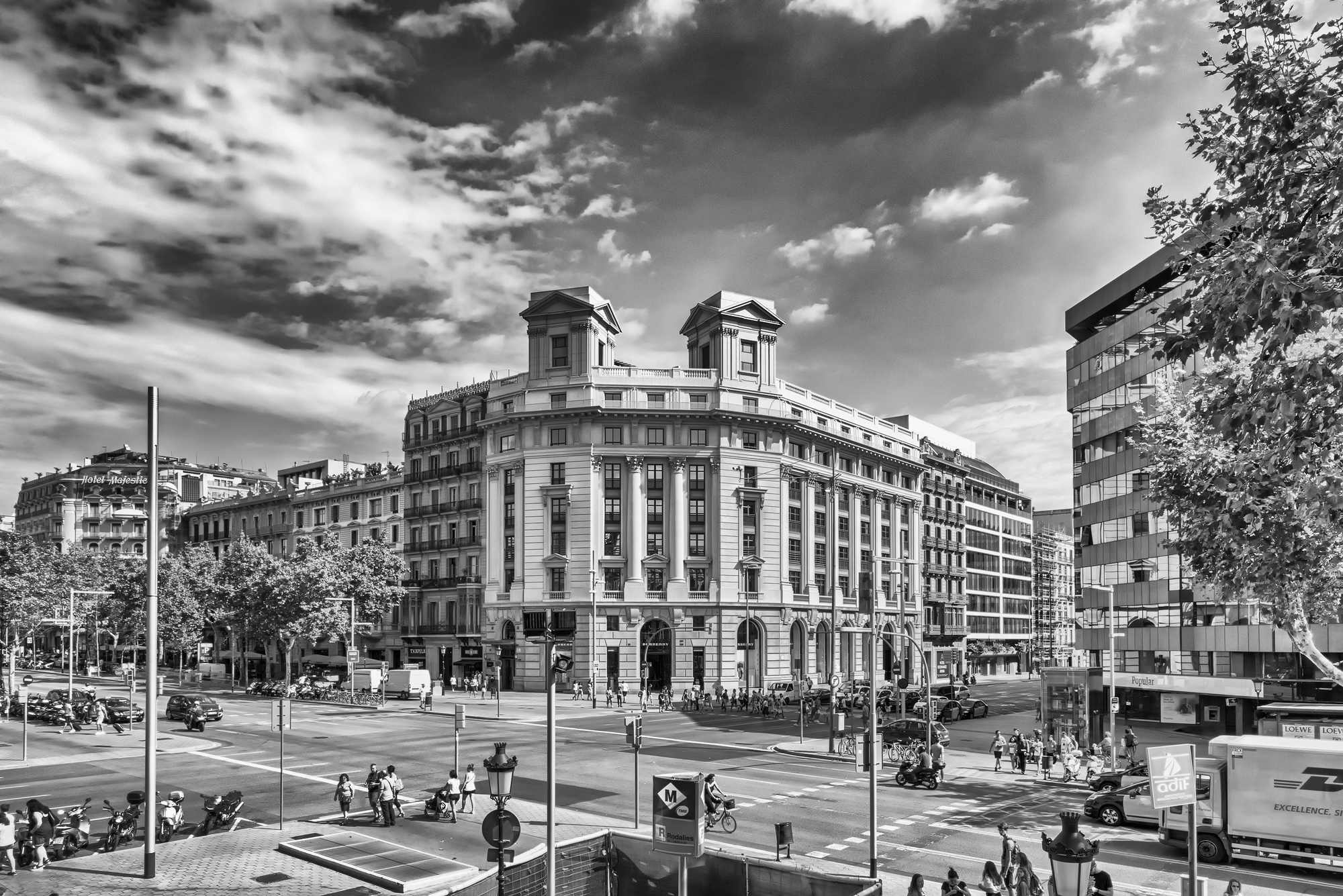
While thousands photograph Gaudí’s famous façade, few visitors see the interior light well that brings natural illumination into the building’s core. Gaudí covered the walls in different shades of blue tiles that lighten as they ascend, creating even light distribution throughout the building.
This functional space demonstrates Gaudí’s genius for combining practical solutions with artistic vision, using the building’s necessary infrastructure as an opportunity for beauty.
La Rambla del Raval Doorways
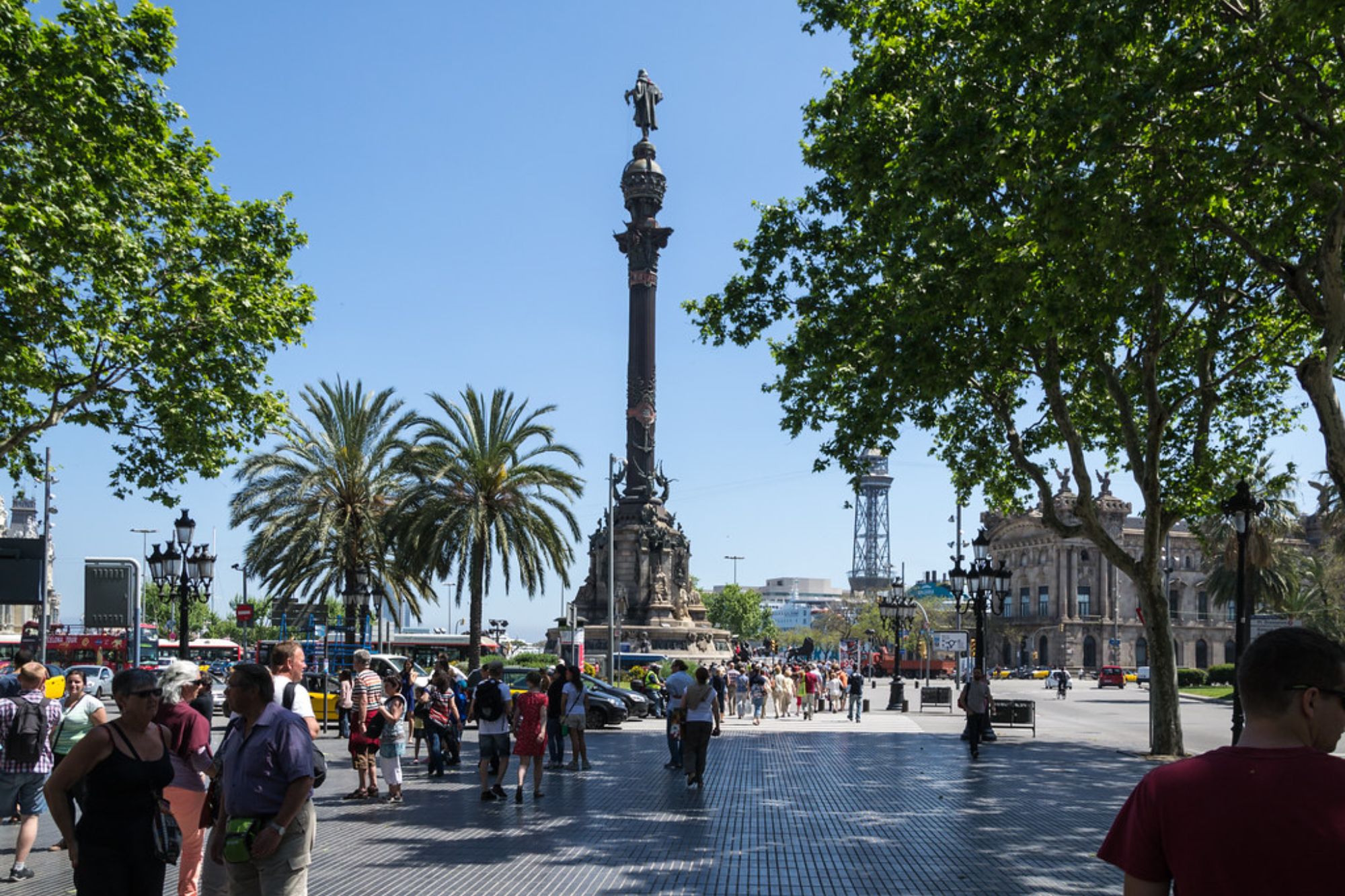
This relatively new boulevard cuts through one of Barcelona’s most diverse neighborhoods, where ornate 19th-century doorways stand beside more modest entrances. The carved stone portals of former wealthy merchants’ homes now lead to apartment buildings where residents from across the globe create a vibrant community.
These doorways tell the story of the neighborhood’s constant reinvention, from medieval outskirts to the working-class industrial area to today’s multicultural enclave.
Plaça de Sant Iu
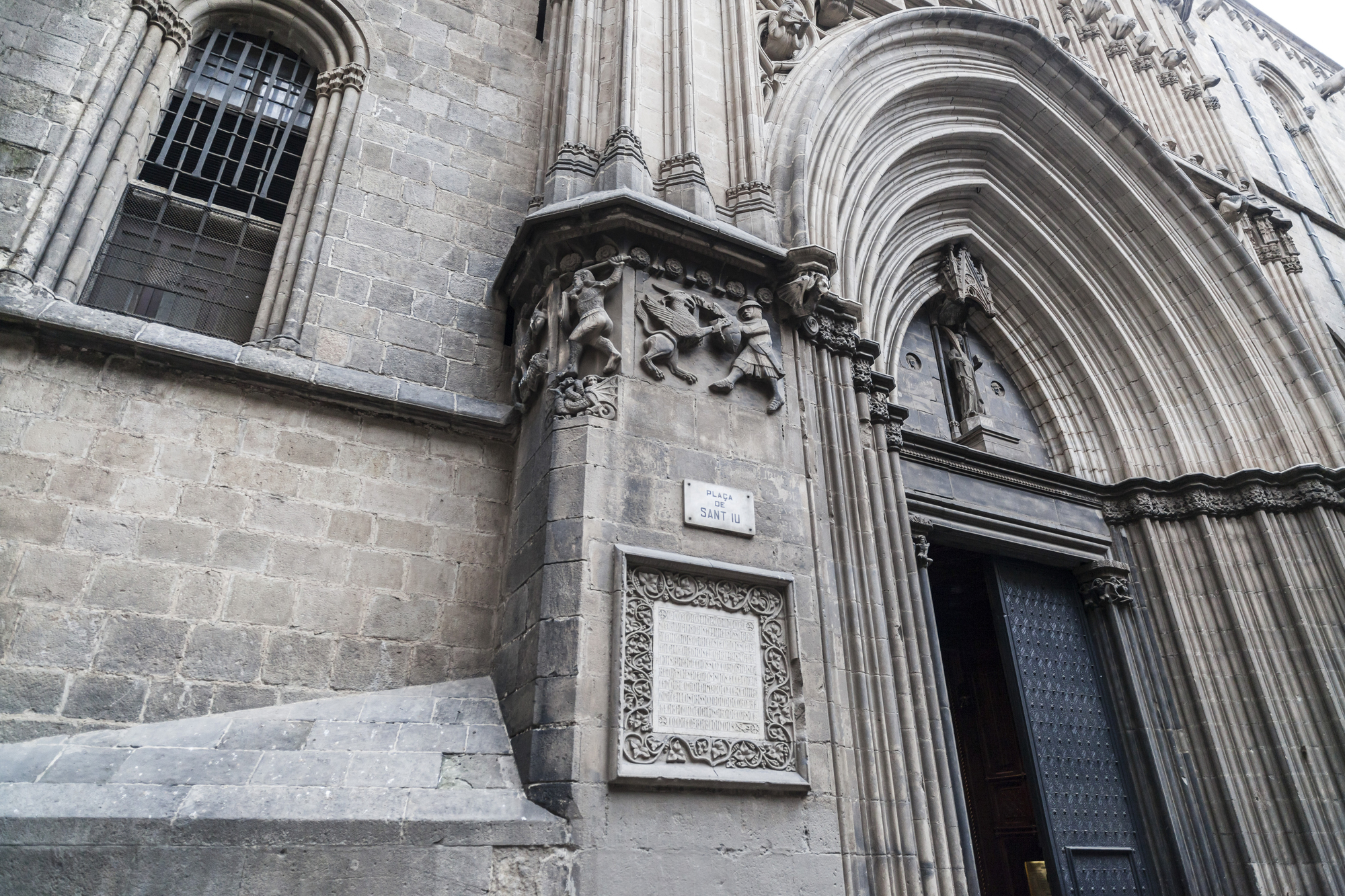
This tiny square tucked beside the Cathedral houses one of Barcelona’s most beautiful Gothic doorways—the entrance to the Chapel of Santa Llúcia. Musicians often perform here, using the square’s exceptional acoustics created by the stone walls surrounding this intimate space.
The square’s charm comes from its human scale and the way sunlight moves across its stones throughout the day, highlighting architectural details that reward patient observation.
Like Travel Pug’s content? Follow us on MSN.
Passages Between Time and Space
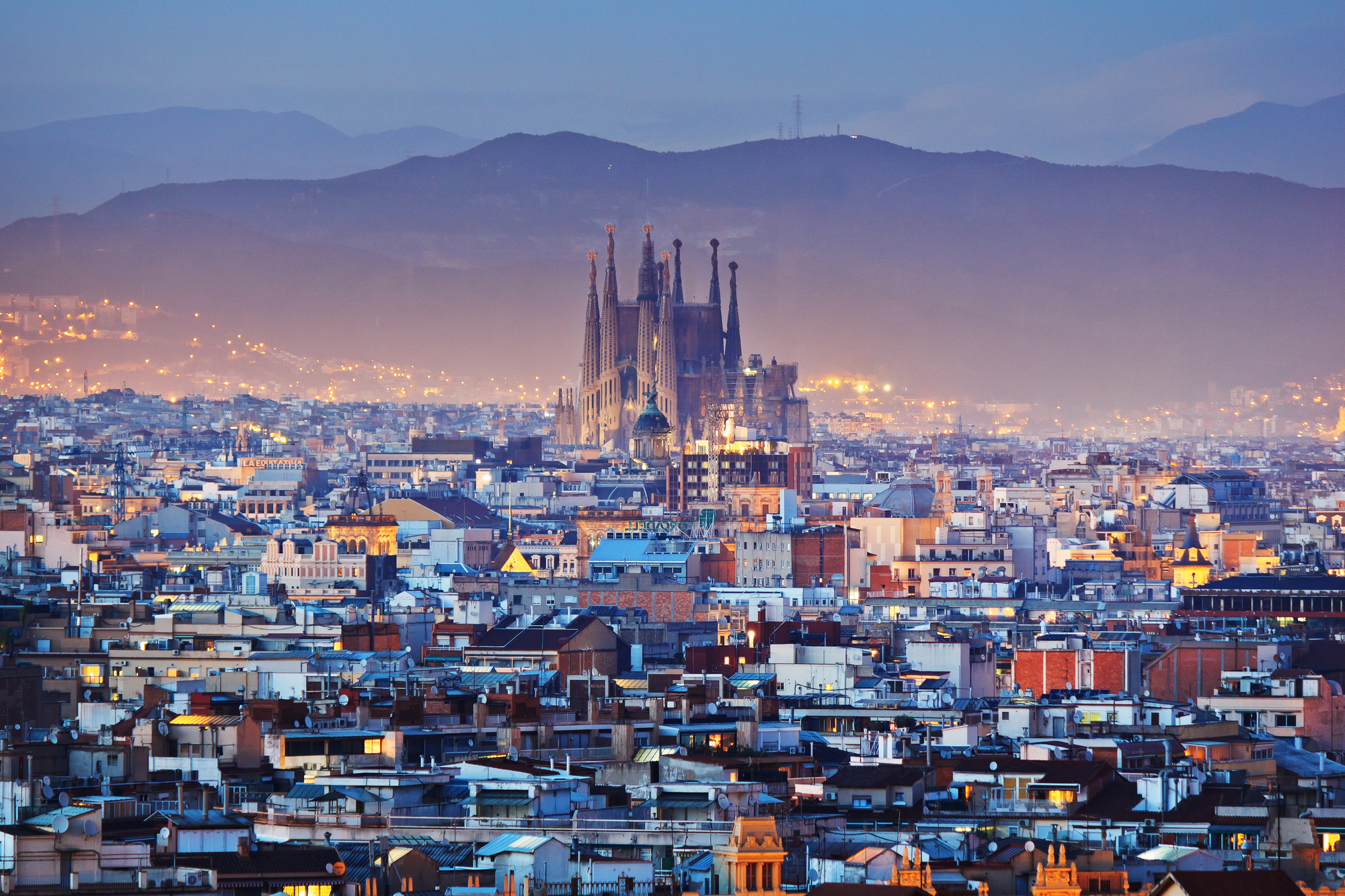
Barcelona’s doors, courtyards, and side streets offer more than just architectural interest—they provide transitions between public and private, between past and present. These intimate spaces reveal how Barcelona residents across centuries have balanced community life with personal privacy, creating graceful transitions between shared and individual spaces.
For travelers willing to venture beyond major attractions, these hidden corners offer authentic connections to the city’s living history. Barcelona doesn’t just preserve its past; it inhabits it daily, allowing visitors to step through centuries simply by passing through the right doorway.
More from Travel Pug

- Cities Growing so Fast You Won’t Recognize Them in 10 Years
- 13 Destinations Where Tourists Regularly Regret Their Trip
- 20 Obscure WWII Sites Even History Buffs Don’t Know About
- 10 Under-the-Radar Mountain Towns That Are Both Affordable and Beautiful
- Remote Villages in Europe Where You Can Live for Free in Exchange for Work
Like Travel Pug’s content? Follow us on MSN.
